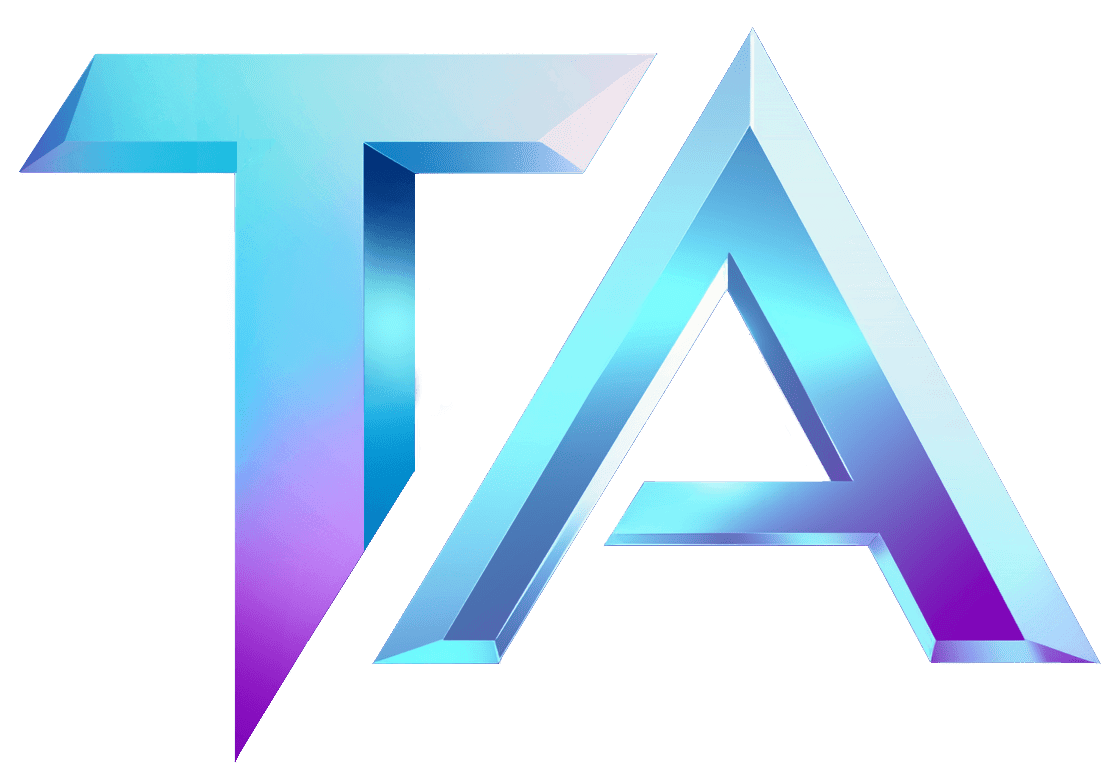Financial Instruments Evolution in Star Atlas

Financial Instruments Evolution in Star Atlas
Star Atlas, the expansive space exploration and strategy game built on the Solana blockchain, has not only captured the imaginations of gamers but also created a unique financial ecosystem. As players embark on their interstellar adventures, they engage with various financial instruments that evolve as the game develops. At Titan Analytics, we believe understanding this evolution is essential for both new players and seasoned veterans.
The Basics of Financial Instruments
Before exploring the evolution within Star Atlas, let’s clarify what financial instruments are. Generally, they can be defined as assets that can be traded, which also bring about value. In the context of Star Atlas, these can include:
- NFTs (Non-Fungible Tokens): Unique digital assets representing ownership of in-game items, ships, land, and characters.
- Tokens: Cryptocurrencies used for transactions within the game, such as ATLAS and POLIS, which serve different purposes and utilities.
- In-game Assets: These reflect the structures of virtual economy, influencing how players interact and trade.
Early Stages: Introduction of NFTs and Tokens
Initially, Star Atlas introduced NFTs and its native tokens, ATLAS and POLIS, as players began to explore the vast universe. At this stage, financial interactions were relatively straightforward—players simply bought, sold, or traded assets for their own gameplay advantage. This model laid the groundwork for player-owned economies, where the community could influence values based on demand and scarcity.
The Transition: From Static to Dynamic Assets
As the game developed, the financial instruments in Star Atlas began to evolve. No longer were they limited to static values; they became dynamic. This means the worth of NFTs could fluctuate based on various factors such as rarity, utility, and player engagement. The introduction of staking mechanisms for ATLAS and POLIS allowed players not just to hold these tokens, but to generate additional income by putting their tokens to work.
Current Stage: Financial Instruments as Services
Today, Star Atlas is focusing on enhancing its financial ecosystem even further. Financial instruments have transitioned into services, which provide players with multiple avenues to earn. Players can now engage in:
- Play-to-Earn Models: By participating in missions or battles, players can earn tokens and unique NFTs, contributing to their wealth within the game.
- Decentralized Finance (DeFi): With liquidity pools and yield farming starting to emerge, players are incentivized to provide liquidity in exchange for rewards.
- Governance Participation: Holding POLIS gives players the power to influence game development and economic directions, turning them into active stakeholders.
Future Directions: What Lies Ahead?
As Star Atlas continues to grow, we can expect an even more intricate layer of financial instruments. We are likely to see:
- Enhanced Interoperability: The integration of other games and platforms could broaden the financial landscape, allowing smoother trades and cross-platform assets.
- Complex Financial Products: Just like in traditional finance, we could witness the emergence of options, futures, and insurance products tailored for in-game risks.
- Data-Driven Insights: The analytics provided by platforms such as Titan Analytics can help players make informed decisions, leading to a more prosperous gaming and trading experience.
Conclusion
The financial instruments in Star Atlas clearly showcase how a digital universe can evolve over time from simple trades to a robust financial ecosystem. As players explore this vast interstellar world, they hold the power to shape its future—both in terms of gameplay and economic opportunities.
For those looking to dive deeper into the financial data of Star Atlas or seeking insights on the game’s evolving landscape, visit Titan Analytics Star Atlas data modules or contact us at Titan Analytics. We’re here to help you navigate this exciting universe!




